Clubhouse case study
Is a trending app enough for long-term success?
The Clubhouse case study phenomenon opened a new audio-based niche. There are debates on how the app will handle big tech competition, monetize its app and grow in-app retention. This app is a powerful case study for both marketing and product professionals.
Invite – Join – Use – Stay
In order to pass these stages, Clubhouse used some interaction tactics.
1. Request Clubhouse invite (marketing tactic: Reserve your username)
2. Accept invites (marketing approach “We have 30 Clubhouse invites, join us in”.. “I have an invite..” ,“I want you to join..”)
3. Invite people to join via phone number (Limited invites).
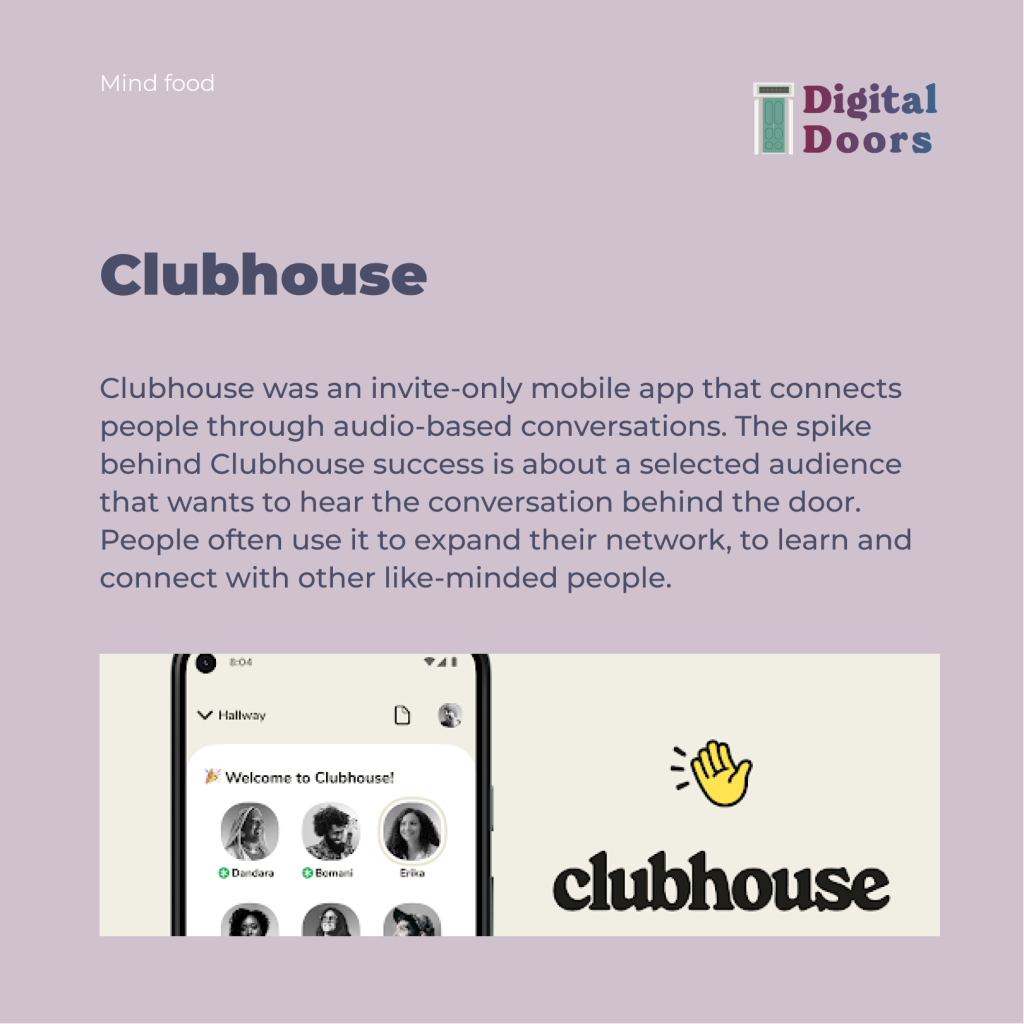
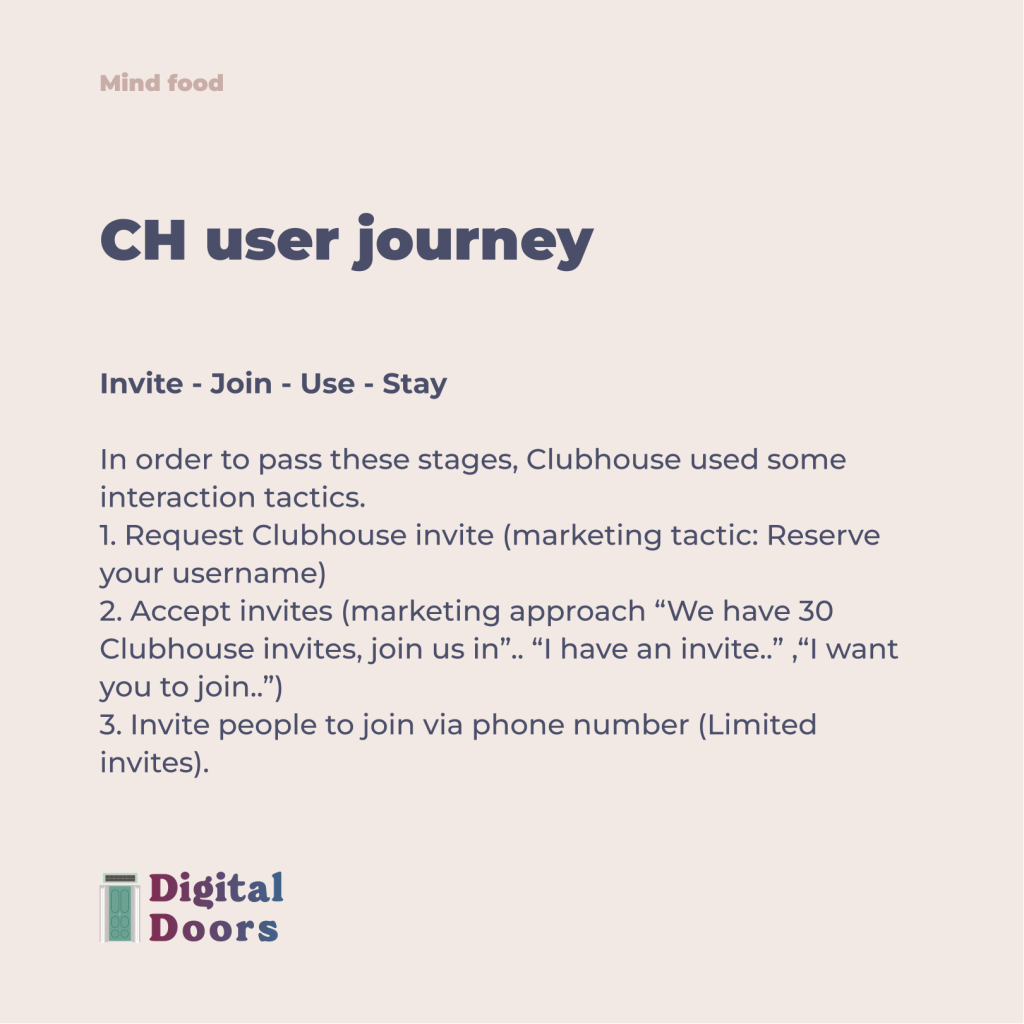
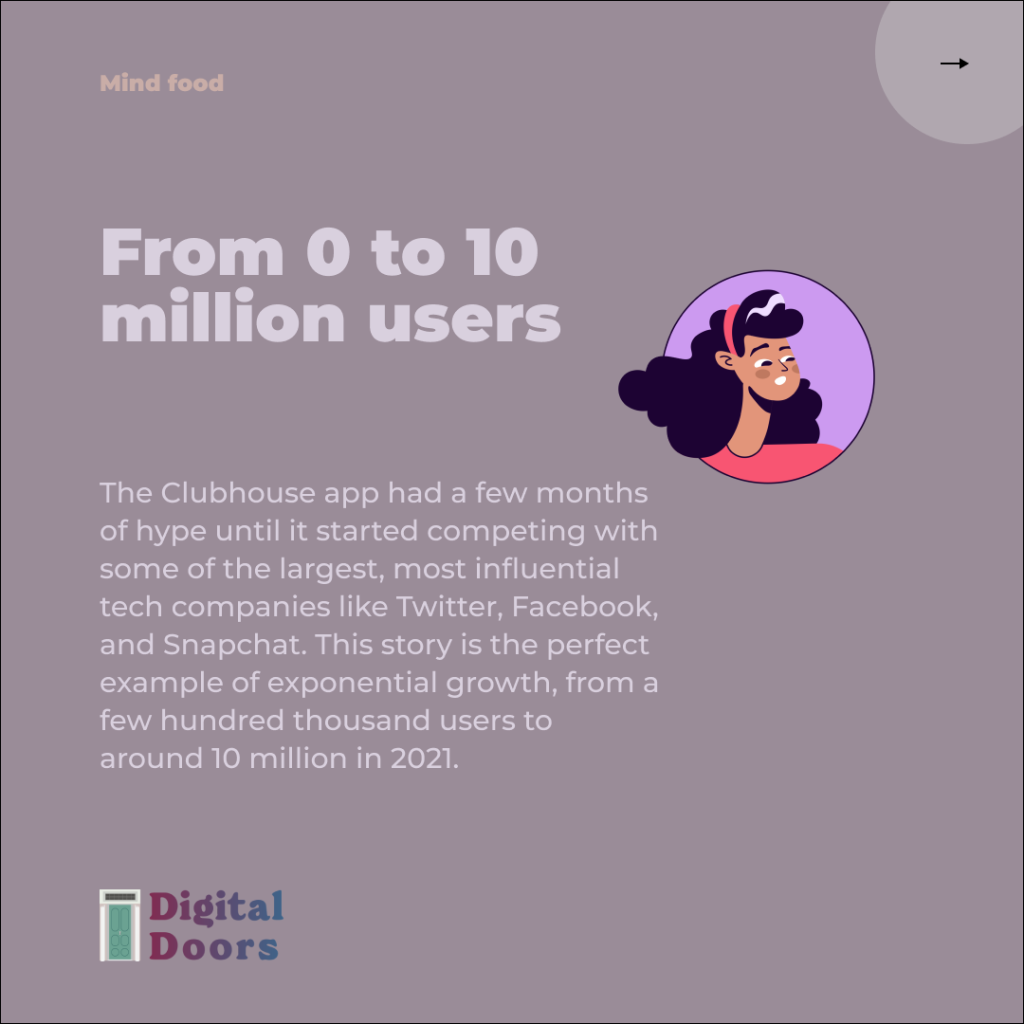
Let’s spot the Clubhouse mistakes that cost them 10 million users
Users started to leave because the Clubhouse case study team forgot the brand positioning and added unnecessary new features.
When we launch the brand as the audio room chat app with an invite-only and afterward we make huge changes that make the app look random and common, we should expect major behavior changes in how users will use the app.
No more app-invites
They desperately bring the send message button and take some viral features from top apps, they roll out the app invites. This means that we don’t follow your positioning in the market, not at all. Another obvious factor that contributes to Clubhouse’s fall is the huge number of notifications.
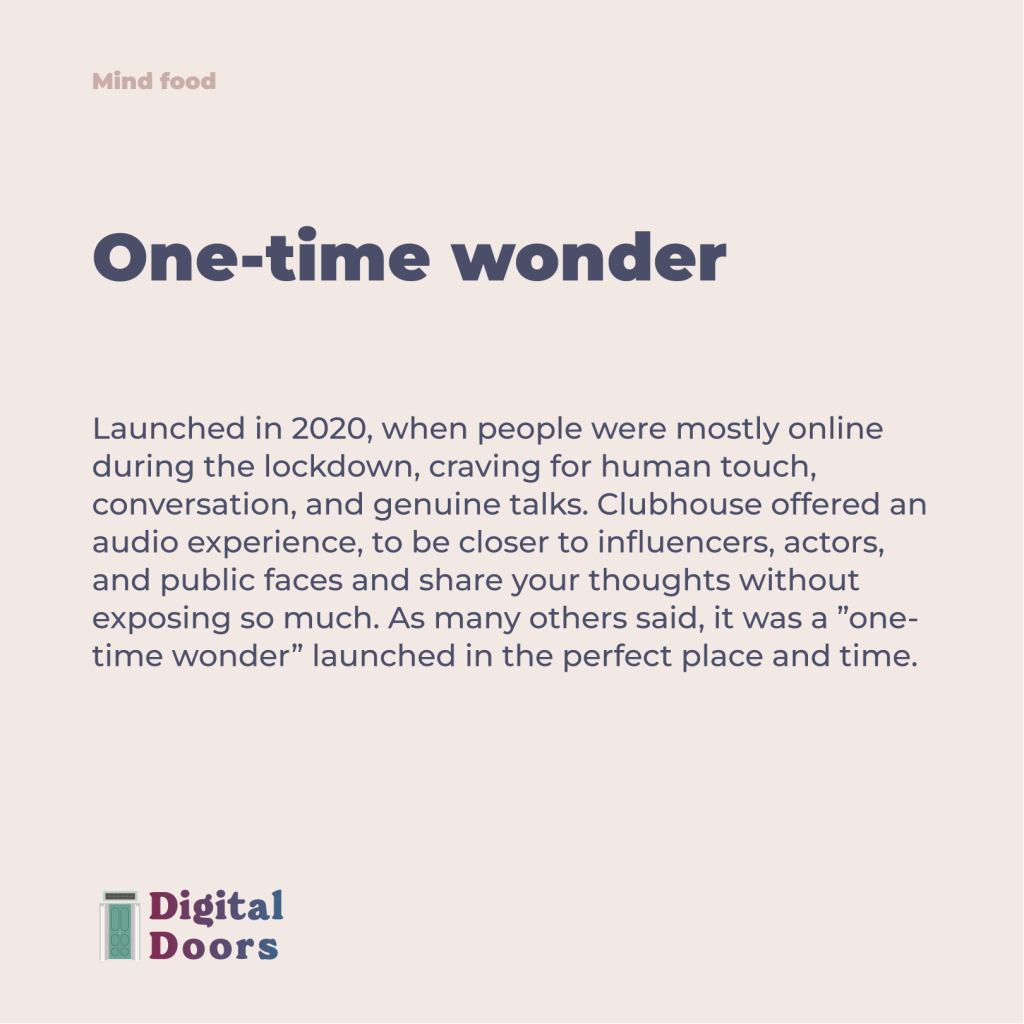
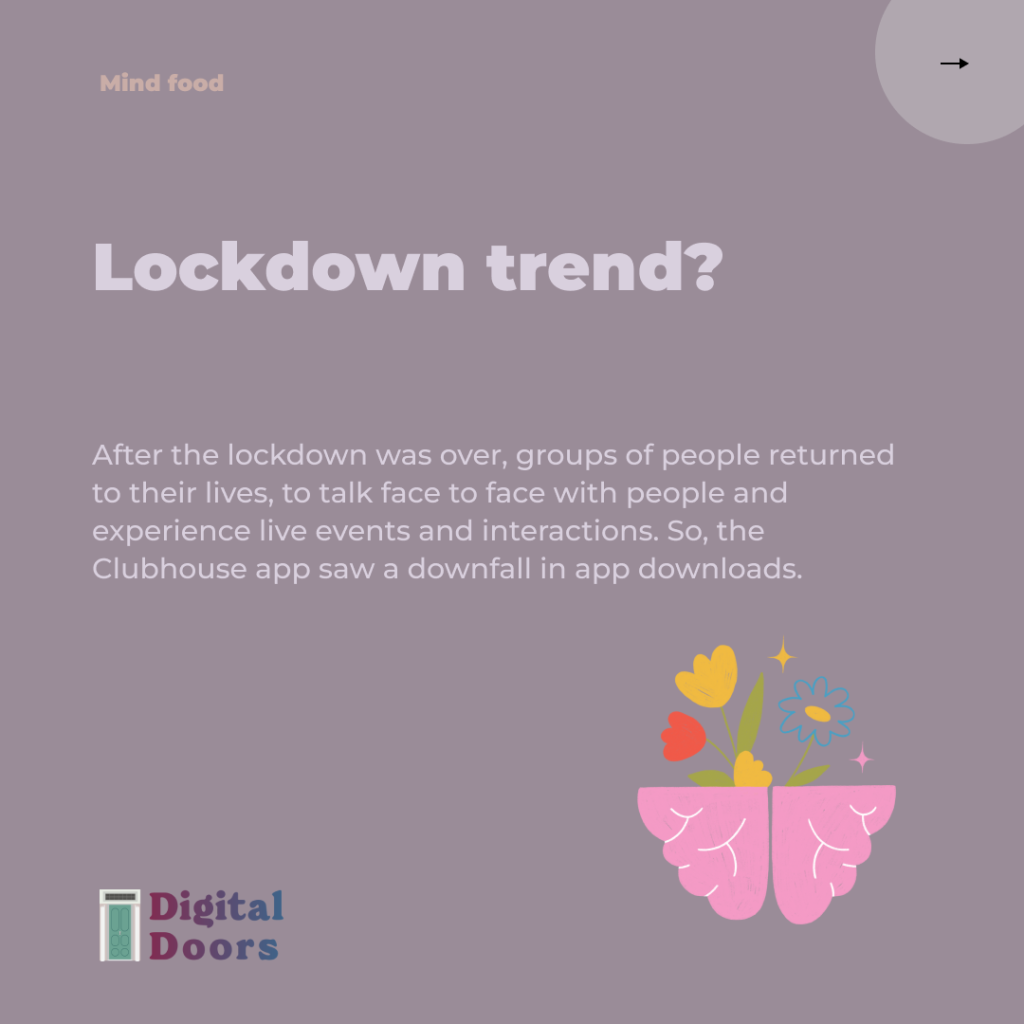
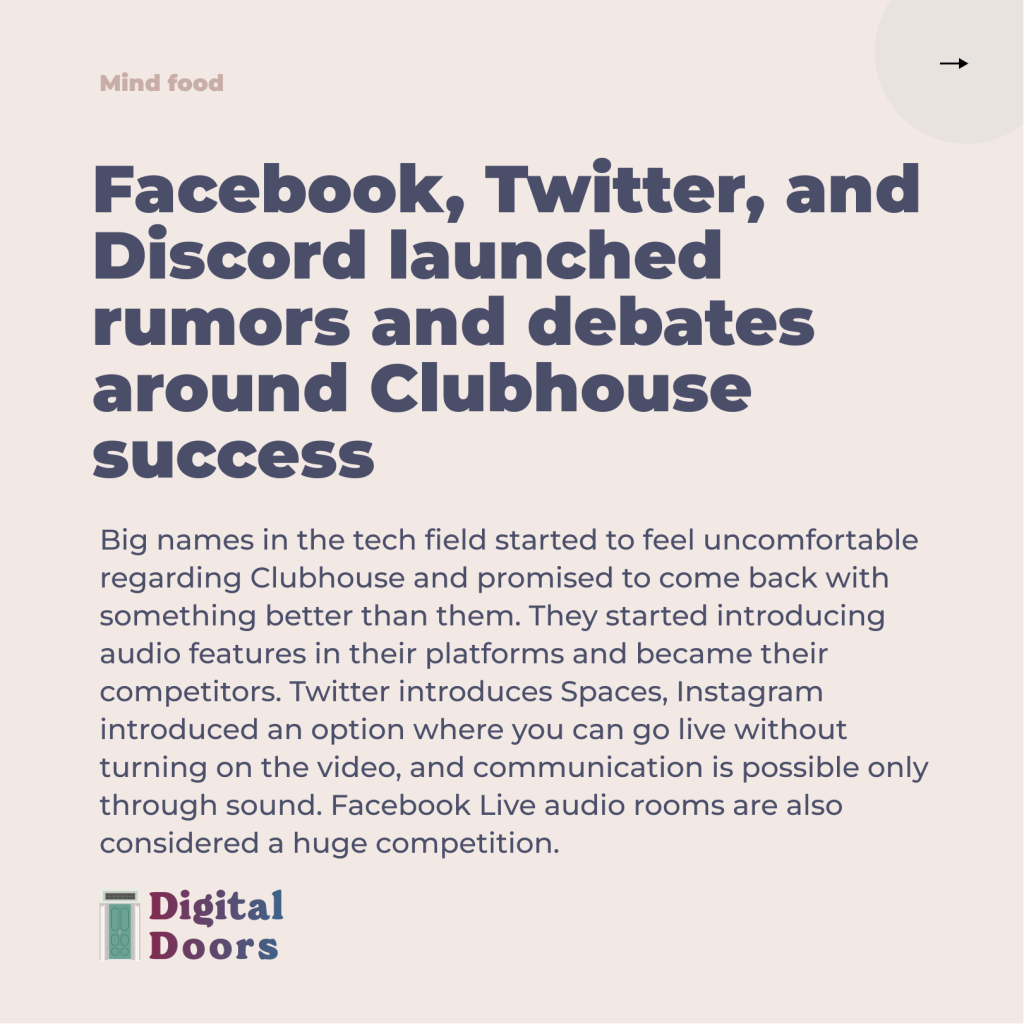
Tech war
The last in this room is Discord which introduced the audio talk for their audience with stages and a microphone for the virtual public.
The fun fact is that Facebook and Twitter gave up on developing the audio base feature. Is this the evidence that they only wanted to see Clubhouse down?
New popular competitors
Twitter Space
Discord Stage Channels
Facebook Live Audio Rooms
Telegram Voice Chat
Reddit Talk
Fireside
Leher
What could Clubhouse have done differently?
To build a sustainable app, you need to have the following:
1. A strong core problem that you’re solving with your app or tool.
2. A revenue model that makes a lot of sense.
3. A growth strategy for launch and continued growth.
4. A retention strategy to keep users coming back. That’s what is often referred to as the “Stickiness” factor.
5. Ongoing app development and innovation.
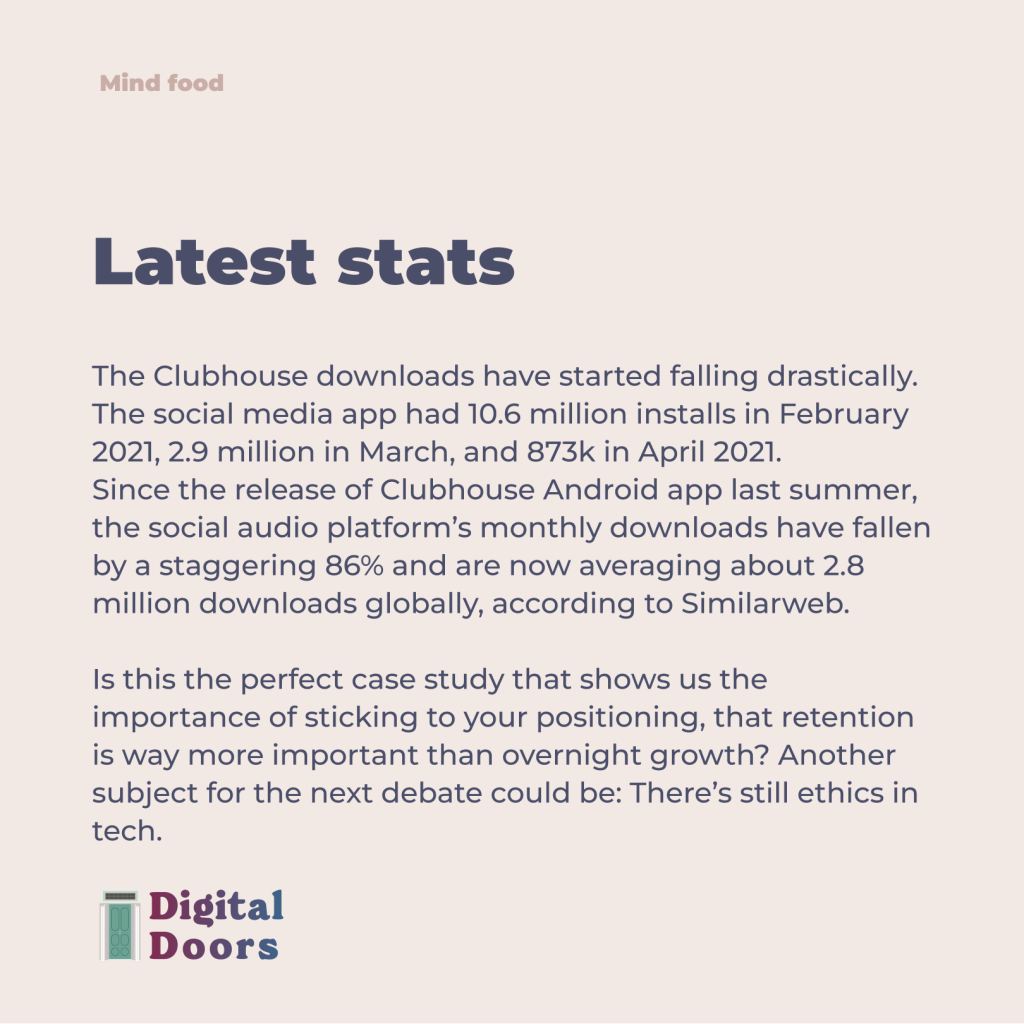
Do you like this Clubhouse Case study?
Join me, on my personal weekly newsletter here: Newsletter Career Doors
Thanks for reading 🙂
Enjoy Digital Doors experience.
Author: Simona Popovici
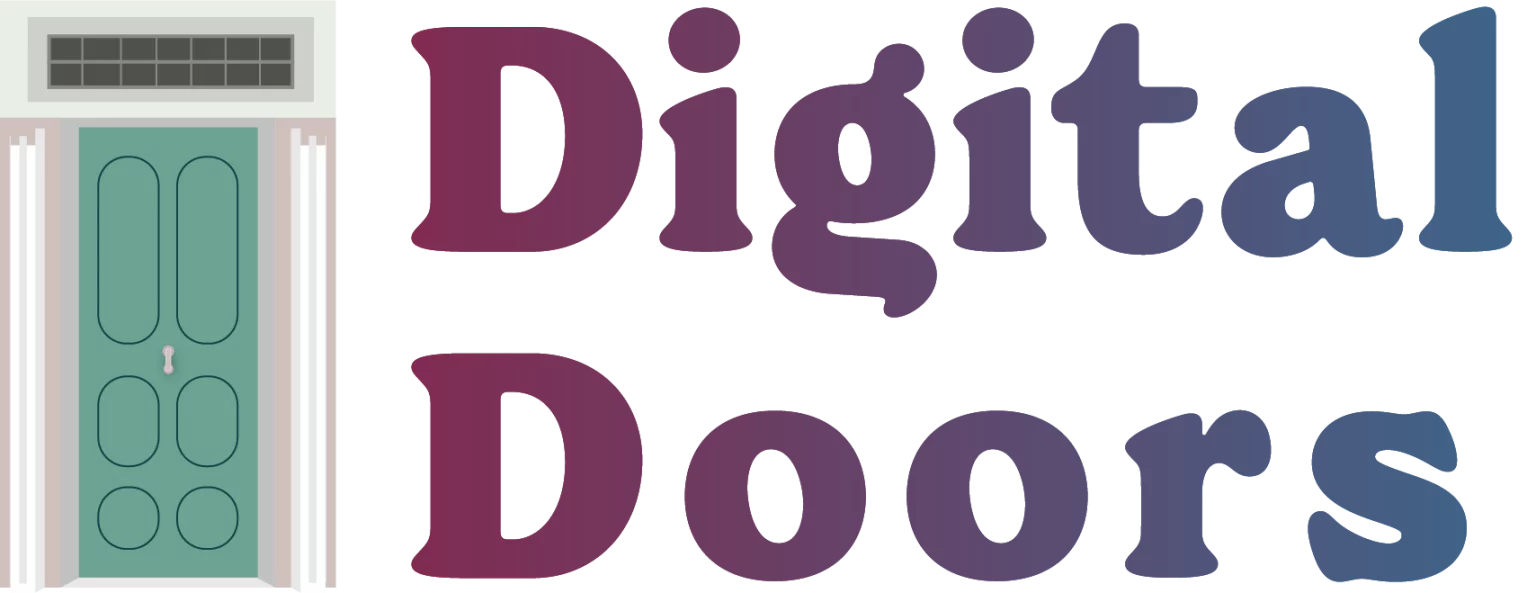
Thanks a lot for giving everyone an extremely memorable opportunity to read critical reviews from this web site. It is often so sweet and packed with a lot of fun for me and my office friends to search your site at a minimum thrice every week to find out the latest items you have got. Of course, I am also at all times impressed with the fabulous tricks served by you. Some 3 points in this posting are easily the most efficient we have all ever had.